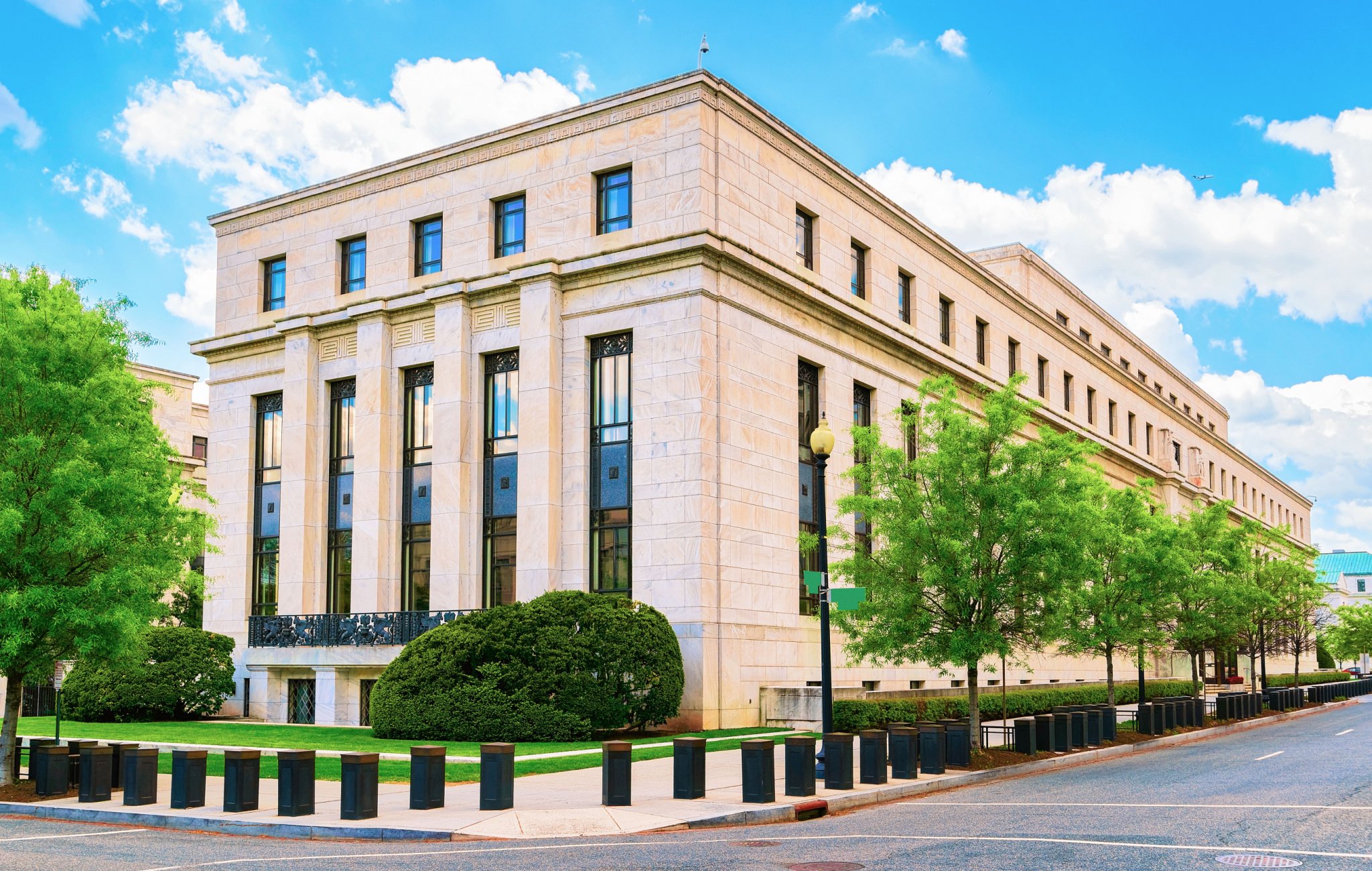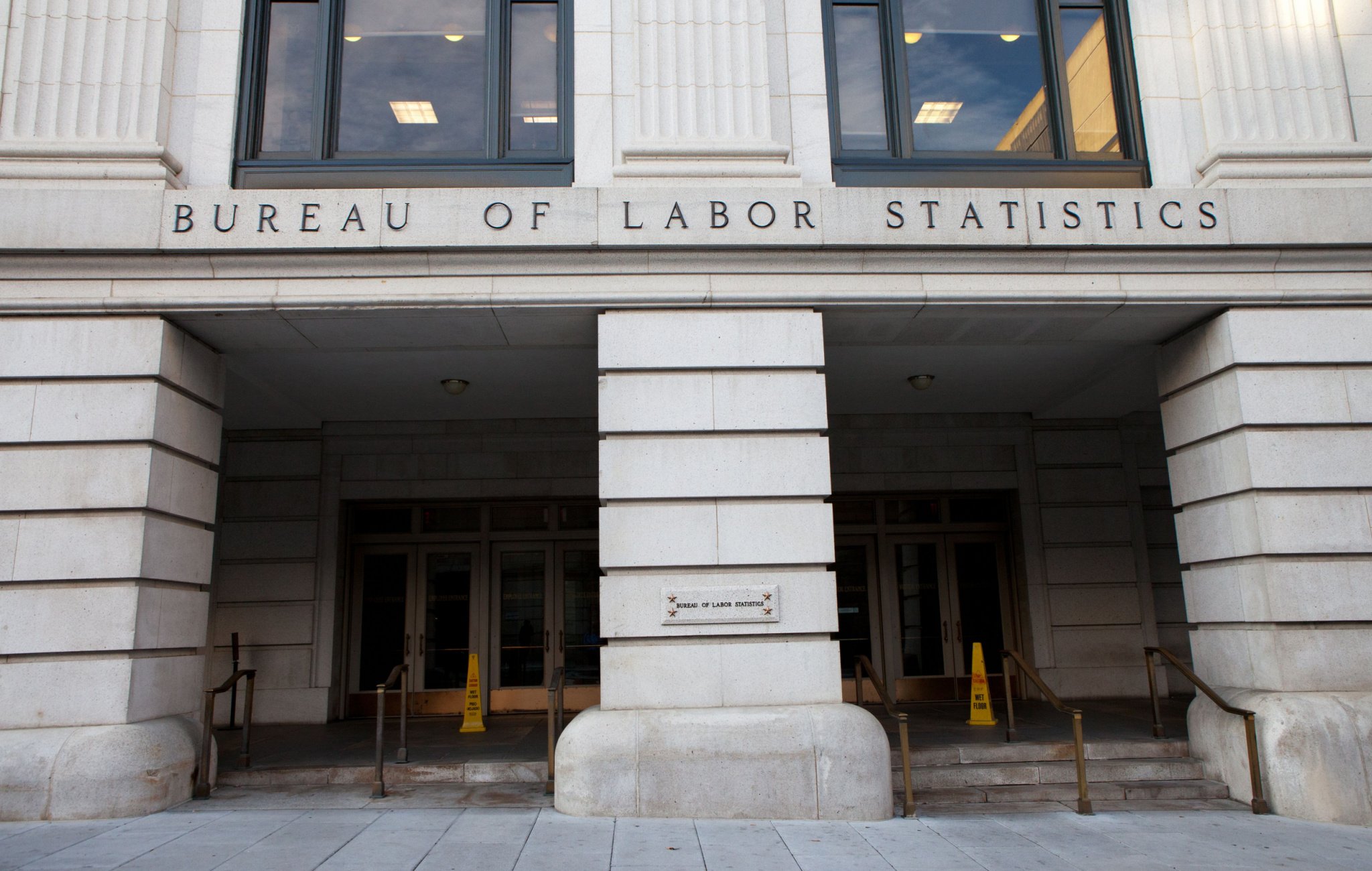Alexander W. Salter
Inflation Remains Elevated. Is Money Actually Tight?
” Fed watchers expect the Federal Open Market Committee will keep rates steady when they meet on March 19-20. In light of the CPI data, that’s a defensible move.” ~Alexander W. Salter
Faster Growth and Interest Rates: Even Harder than You Think
“Higher rates could be a sign of loose money, not tight, depending on how far from the policy change we’re looking and how fast the market adapts.” ~ Alexander W. Salter
Congress Overspends, but the Fed Inflates
“At most, large deficits impelled the Fed to support the market for government debt by purchasing more debt than it should have. The central bank, not the fiscal authorities, is the residual determiner of aggregate demand.” ~Alexander W. Salter
Two Kinds of Transitory Inflation
“Team Transitory’s narrative just doesn’t cohere. Whether we’re trying to explain the Great Inflation of the 1970s and early 1980s, or the inflation of the past two years, we need to rely on demand-side mechanisms.” ~Alexander W. Salter
An Inflation Resurgence, or Just Relative Price Changes?
“Microeconomic relative-price dynamics increasingly drive inflation measurements. That means the Fed should not be afraid to ease off the brakes.” ~Alexander W. Salter
Time to Tame the “Apolitical” Fed?
“The Fed’s self-conception as an apolitical technocracy blinds it to the degree to which it has weighed in on fundamental political issues, which instead ought to be deliberated in Congress.” ~Alexander W. Salter
Time for the Fed to Ease Up
“Even if Fed economists have underestimated the natural rate of interest by half, monetary policy looks slightly tight. It looks very tight if the natural-rate figures are anywhere close to correct.” ~Alexander W. Salter
Happy New Year! Have Some Inflation
“After a rough couple of rounds, inflation has come out swinging. It doesn’t have the legs for a knockout punch, but it remains a troublesome opponent.” ~Alexander W. Salter
Inflation: It’s Not the Supply Side
” Some combination of fiscal and monetary policy remains the best explanation for the once-in-a-generation inflation rates that peaked in summer 2022, as well as their gradual decline.” ~Alexander W. Salter
The Inflationary-Profits Hypothesis is Mush
“Once a bastion of sound reporting, the Wall Street Journal’s economy desk is slowly descending into incoherence…Simple economics demonstrates why the inflationary-profits hypothesis is bunk.” ~Alexander W. Salter










